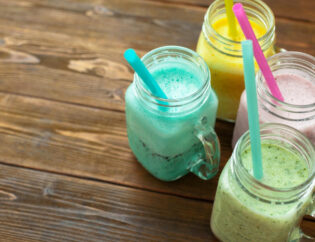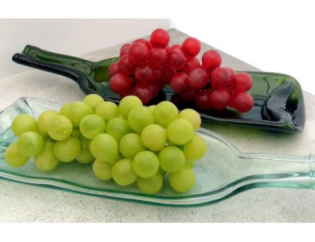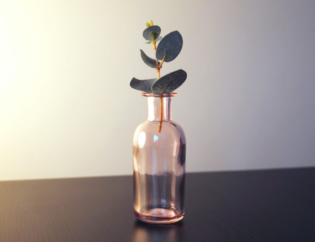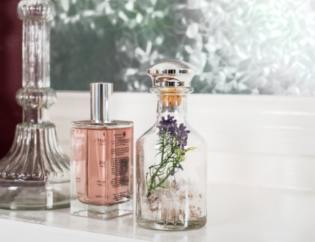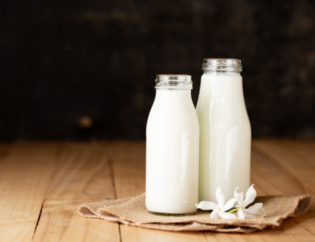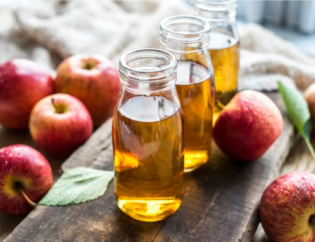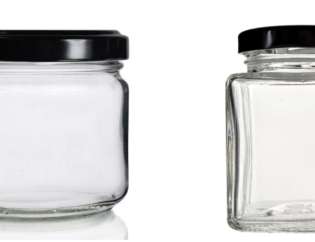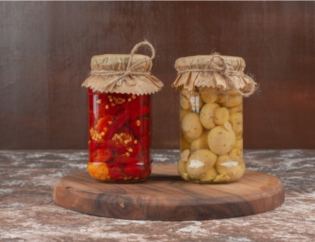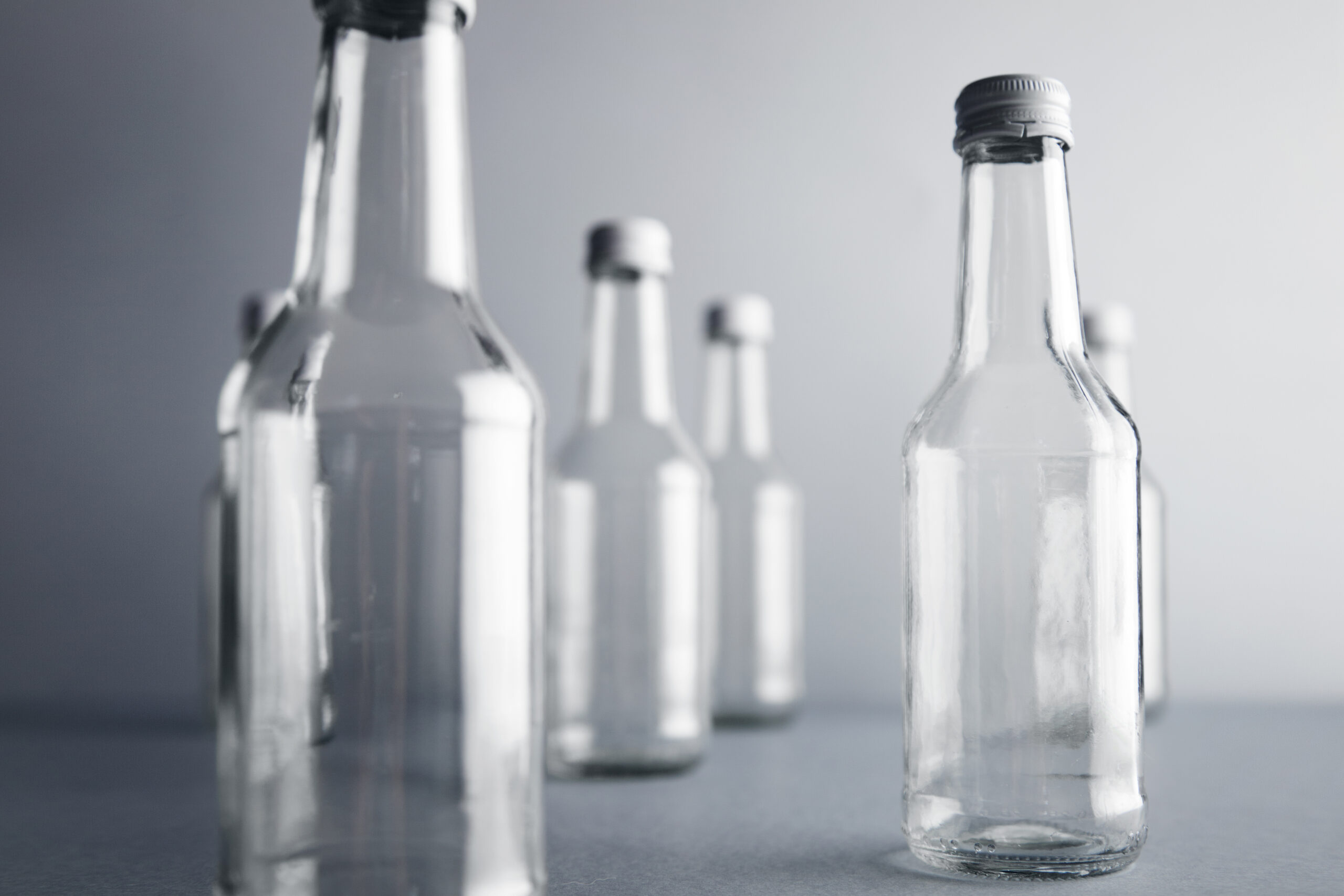
We’ve all realized that single-use plastic water bottles are a problem. They are made of a thin plastic that can leach chemicals into the water inside the bottle and petroleum, a non-renewable resource. Even though they are recyclable, a staggering number of plastic single-use bottles end up in landfills or the ocean. Every year, Americans throw away 35-40 billion plastic bottles, and it takes 500-1000 years for plastic to degrade.
Which is better: Glass or stainless steel?
Using your reusable water bottle and refilling it with filtered water or another beverage of choice is the first step in this direction. We’re glad you’re here, and we hope you’ve decided to stop using disposable plastic bottles in favor of reusable ones.
Blossom Bottles has created various types of reusable water bottles for everyday use and outdoor excursions. Our customers frequently ask us, “What material makes for the best water bottle?” This is understandable because not all water bottles are created equal, and it can be challenging to select the finest option for your needs.
So we decided to shed some light on the subject by compiling a list of “pros and cons” for the bottle materials we sell in our store. We sell bottles made of glass and stainless steel.
Let’s go over the “pros and cons.”
GLASS
Pros: Glass is widely regarded as the most sanitary material for storing beverages. Glass is made entirely of natural raw materials and is non-permeable, which means it does not dissolve in water, impart flavors (which some refer to as “purity of taste”), or retain odors. Because of its natural production and ability to be infinitely recycled, Glass is the most environmentally friendly material for water storage. Hot or cold beverages, alkaline beverages can be stored safely in Glass. This is why Glass is used to bottle beer, wine, spirits, and high-quality olive oil and vinegar.
Cons: Glass is brittle and can break more easily than stainless steel or plastic bottles. However, most of our glass bottles in our store are made of borosilicate glass, a more complex type of Glass (think Pyrex). Many of these glass bottles are made for sport (or for kids) with a protective silicone sleeve to help prevent breakage. Non-food safe Glass may contain lead or cadmium residues, but in our case, all of our glass bottles are made of high-quality borosilicate or soda-lime Glass. They have been tested and certified to be free of any metallic residues.
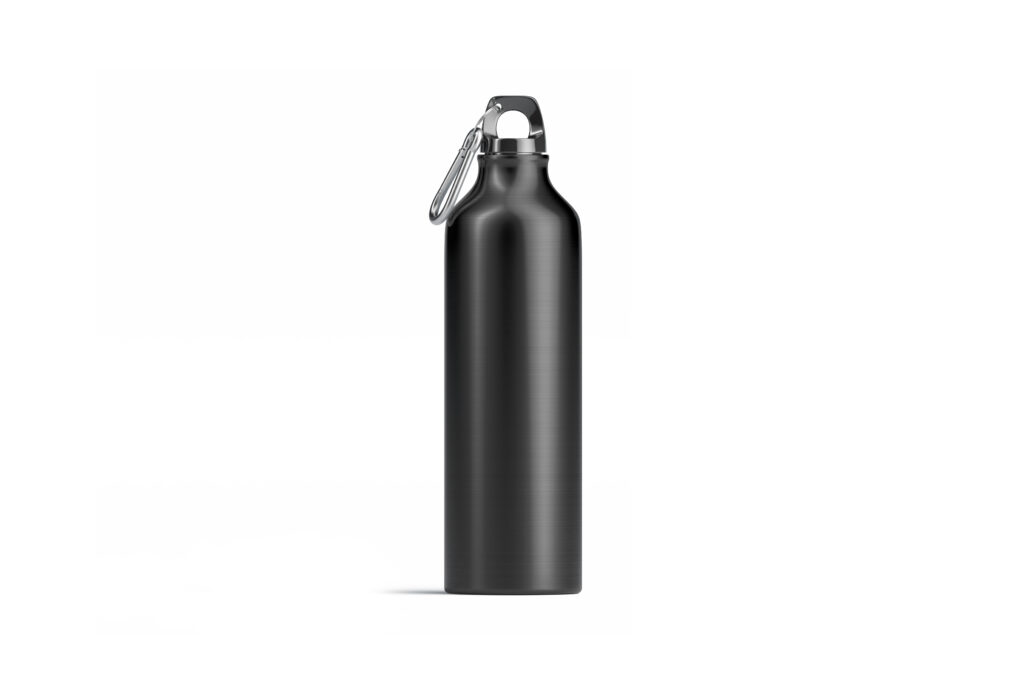
STEEL (STAINLESS STEEL)
Pros: Stainless steel is a safe and healthy material to store beverages. When the bottle is insulated, stainless steel is a safe choice for holding hot drinks. Stainless steel thermos bottles best solution for keeping beverages or foods like soup warm for extended periods when used outdoors. Food-grade stainless steel is safe for food storage and cooking because it does not break down into hot or cold liquids under normal conditions. We use 18/8 or 304 food-grade stainless steel bottles that have been tested and found to be free of leftover metal.
Cons: Stainless steel doesn’t break down into food or liquid to a measurable extent; some have reported a metal taste in the water left in a non-insulated stainless-steel vessel in direct sunlight or a hot car for extended periods. It’s not a recommended practice, and we recommend that insulated stainless steel be used with hot liquids or in hot external conditions for extended periods. Also, stainless steel should not store highly acidic drinks, as this can cause metal leaching. There is also concern about stainless steel production because nickel and chromium are extracted from ores using energy-intensive extraction processes. Some people are concerned that stainless steel will leach iron, nickel, or chromium into acidic or alkaline solutions.
This information should have been helpful in your search for the best water bottle for your needs.


